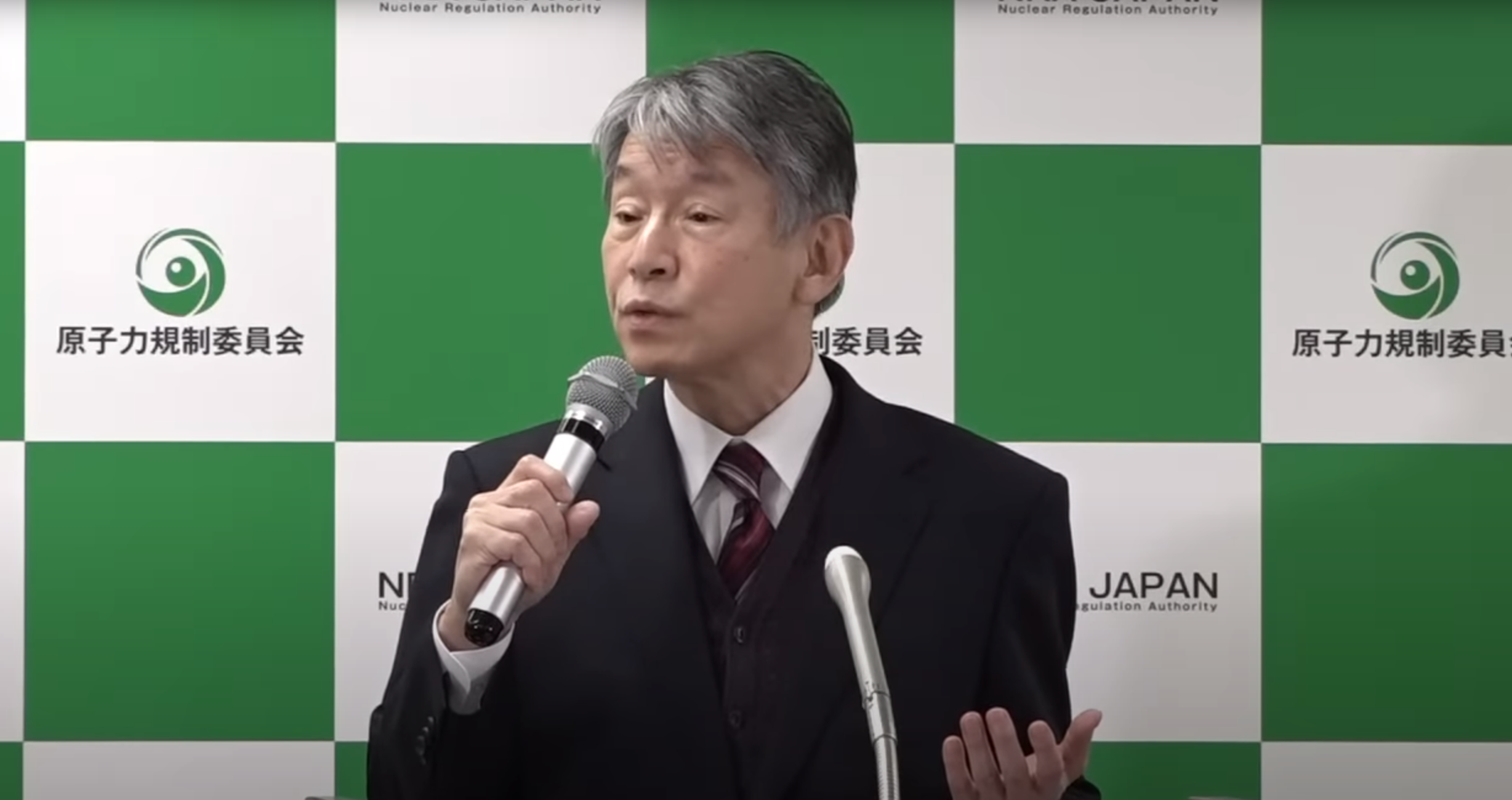A literature survey constitutes the first phase in a three-phase investigation when selecting HLW disposal sites. The entirety of the investigation, which takes around 20 years altogether, unfolds in the following manner:
- Literature survey (about 2 years)
- Preliminary investigation (about 4 years)
- Detailed investigation (about 14 years)
Literature surveys for a HLW disposal site primarily consist of an academic investigation of regional literature and data, without any on-site investigations (including boring) taking place.
Before the investigation can move to the next phase (i.e., preliminary investigations), the prefectural governor and the head of the relevant municipalities must give their assent.
In October 2020, NUMO accepted applications for investigations from both Suttsu and Kamoenai and began the literature surveys the following month.
On February 13 of this year, NUMO released a draft report on the literature surveys. At the same time, toward finalizing the draft, a technical working group under Japan’s Advisory Committee for Natural Resources and Energy began reevaluating technology for HLW geological disposal in response to a statement by some 300 geological experts and specialists. The finalized report now comes four years after the surveys were started.
The finalized report put forward by NUMO explains the circumstances surrounding the conducting of the surveys, the methods used, and the conclusions supporting an advance to the preliminary investigation phase.
The report clearly states that the strata of the areas that would be affected by wide-area phenomena—such as active faults and volcanoes—would be excluded from the subsequent preliminary survey in Suttsu Town and Kamoenai Village.
Prof. YAMAGUCHI Akira, president of NUMO, visited Hokkaido Governor SUZUKI Naomichi to deliver the report in person, after which he released a comment.
Expressing gratitude to both municipalities for accepting the surveys and recognizing the attention that they had drawn as the sites of the first literature surveys, he conveyed NUMO’s intention to thoroughly explain what had been learned through the literature surveys, including making the report available for reading at various places around Hokkaido and holding explanatory gatherings.
Starting on November 30, such gatherings will be held in Suttsu and Kamoenai along with Kutchan Town and Sapporo City, also in Hokkaido.
Elsewhere in Japan, Genkai Town—which hosts nuclear power plants in Saga Prefecture on the island of Kyushu—also applied for a literature survey toward selection as a disposal site. That survey started earlier this year, in June.
To promote public understanding on geological disposal, NUMO has announced a plan for dialogue-oriented explanatory meetings, mainly in large power-consuming areas. They will start on December 19 in Osaka and continue through February 2025 in Nagoya, Tokyo, and Hiroshima.











